If Alan Wake 2 and Avatar: Frontiers of Pandora are a glimpse of what games will look like in 2024, sign me up
Mega detailed scenes lit by ever-increasingly more accurate lighting. That's a mouth-watering combo.
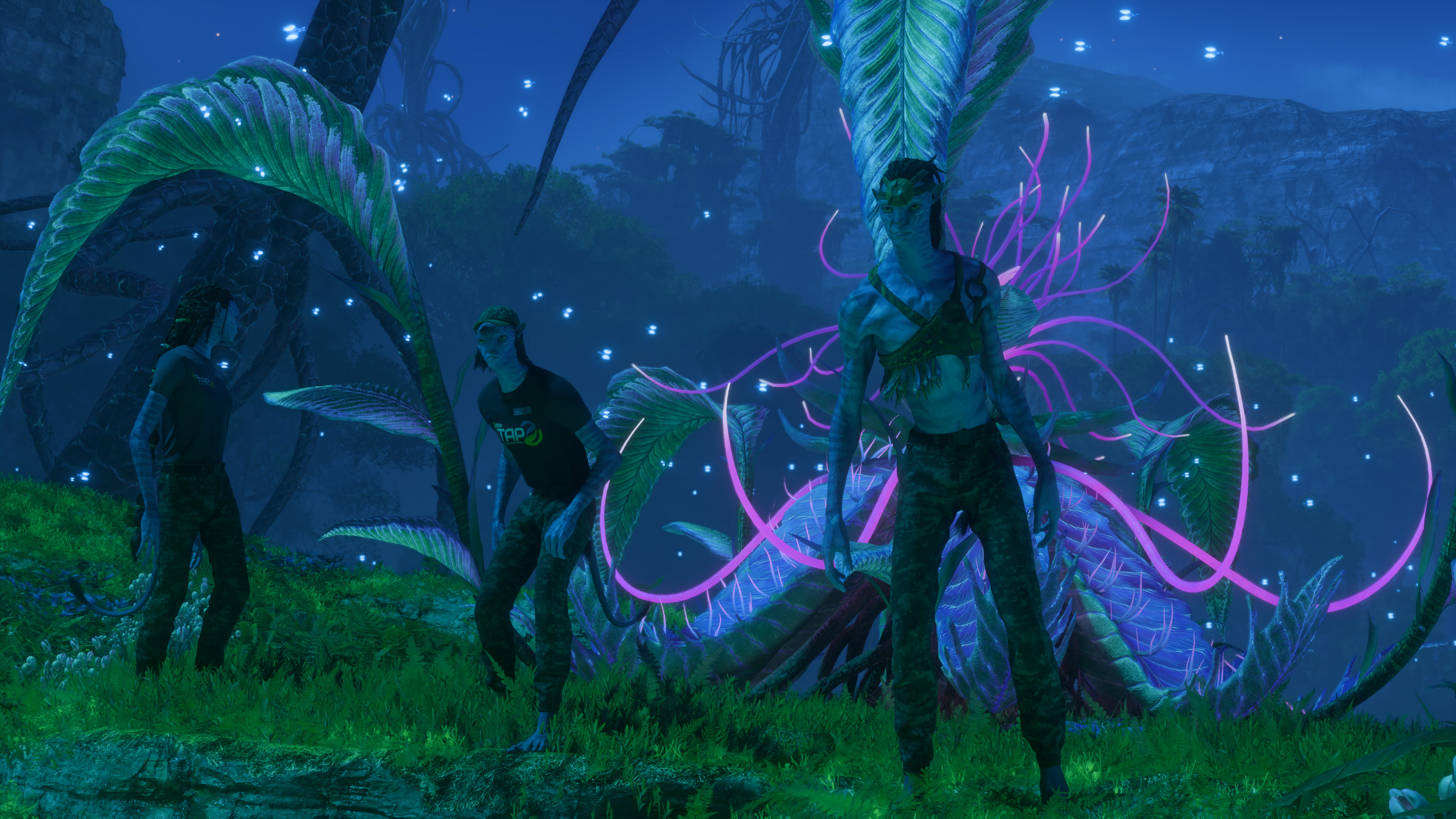
Before we sing Auld Lang Syne to celebrate the end of the year, there are two gorgeous games I need to give their flowers. Alan Wake 2 and Avatar: Frontiers of Pandora have made my year for PC graphics. Both games arrived at the tail-end of 2023, and thank goodness they did, for otherwise we wouldn't have something to gawk at in wonder and delight over the New Year.
Cutting-edge, beautiful, and a great representation of what PC graphics should look like. You could say that of either game, though admittedly I've been most impressed with Alan Wake 2.
I've spoken about this before but Alan Wake 2 is a stunning example of what the future of PC gaming looks like. The game offers various cutting-edge features to make its deliriously dingy scenes stand out, including ray-traced direct lighting and path-traced indirect lighting. The combination of lighting effects serves to both highlight the big, colourful, stand-out visuals that Alan Wake's weird world is known for but also tiny details on someone's clothes or on a mundane object.
From dingy train carriages in the depths of a nightmarish subway or a coffee-based theme park out in the woods that's nowhere near as fun as it sounds, Alan Wake 2 seems to always have the lighting working just right to capture the mood. It's quite incredible and a testament to how real-time ray tracing effects can be utilised to improve upon almost any scene.
This also creates impressive shadows in Alan Wake 2. The darker shadows from the direct lighting help prevent the woodland scenes from becoming a shadowy mess and instead are some of my favourite moments from the game. That's also thanks to some excellent plant bone and adept player movement technologies. But since this game is a dark and moody horror around 70% of the time, shadows are a really good thing to get right.
That interplay between light and dark is big for Alan Wake, and I feel the flexibility to play around with realistic lighting has allowed Remedy to really hone in on that theme visually throughout the game's many settings.
Here are some of my favourite Alan Wake 2 screenshots from my playthrough. I avoid any direct spoilers but the setting and context could be some clues to the story if you look hard enough.
The biggest gaming news, reviews and hardware deals
Keep up to date with the most important stories and the best deals, as picked by the PC Gamer team.
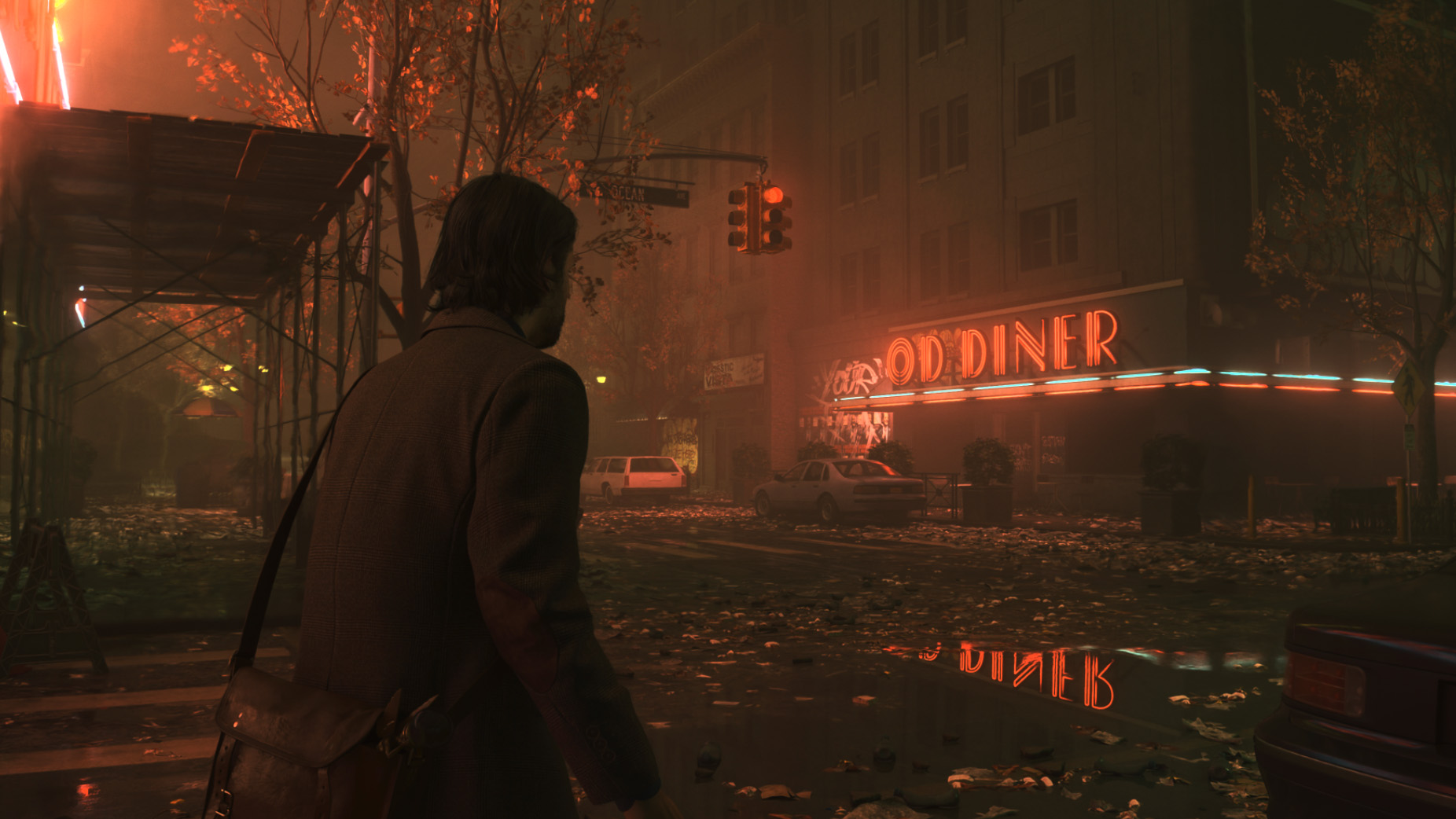
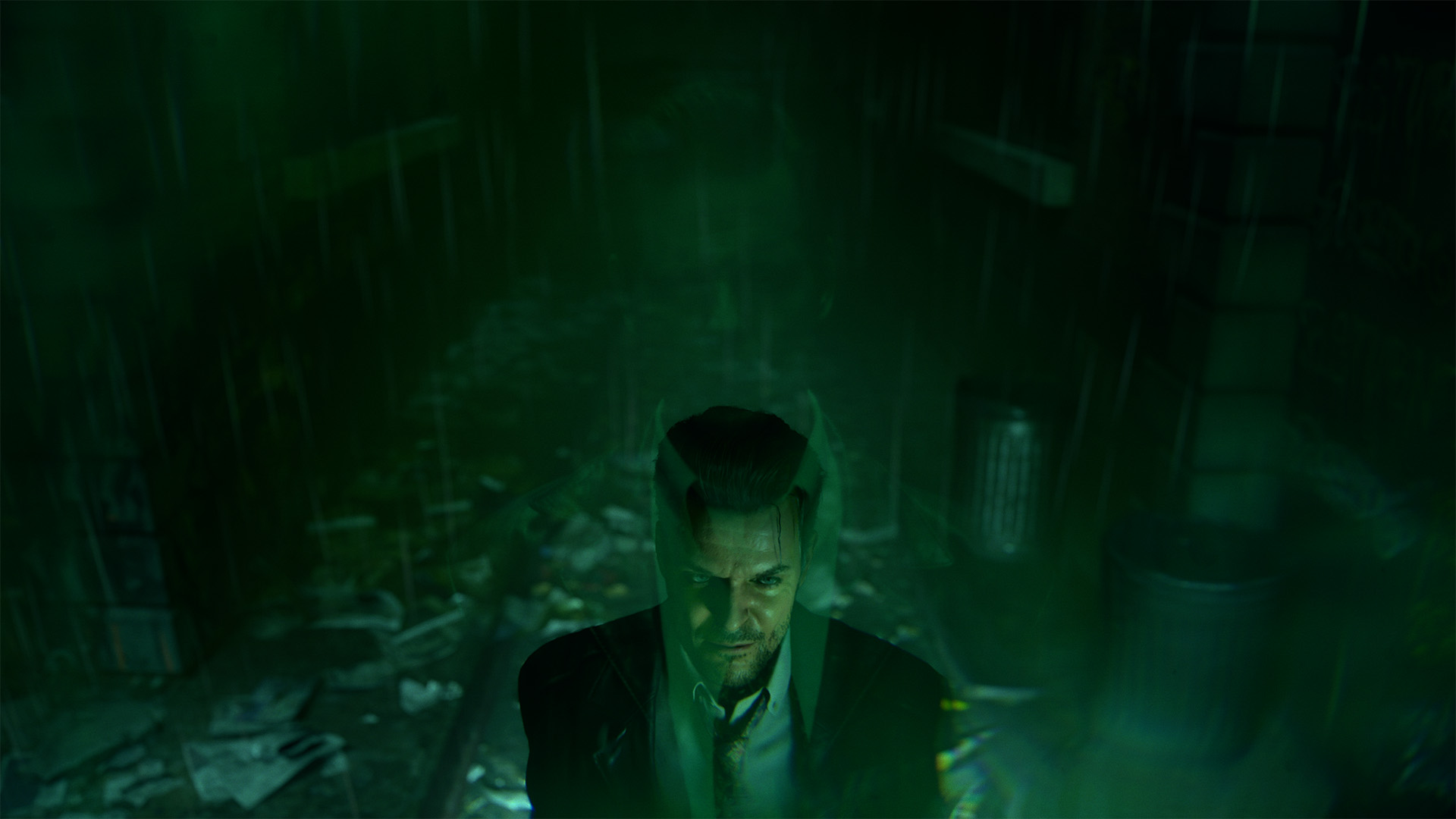
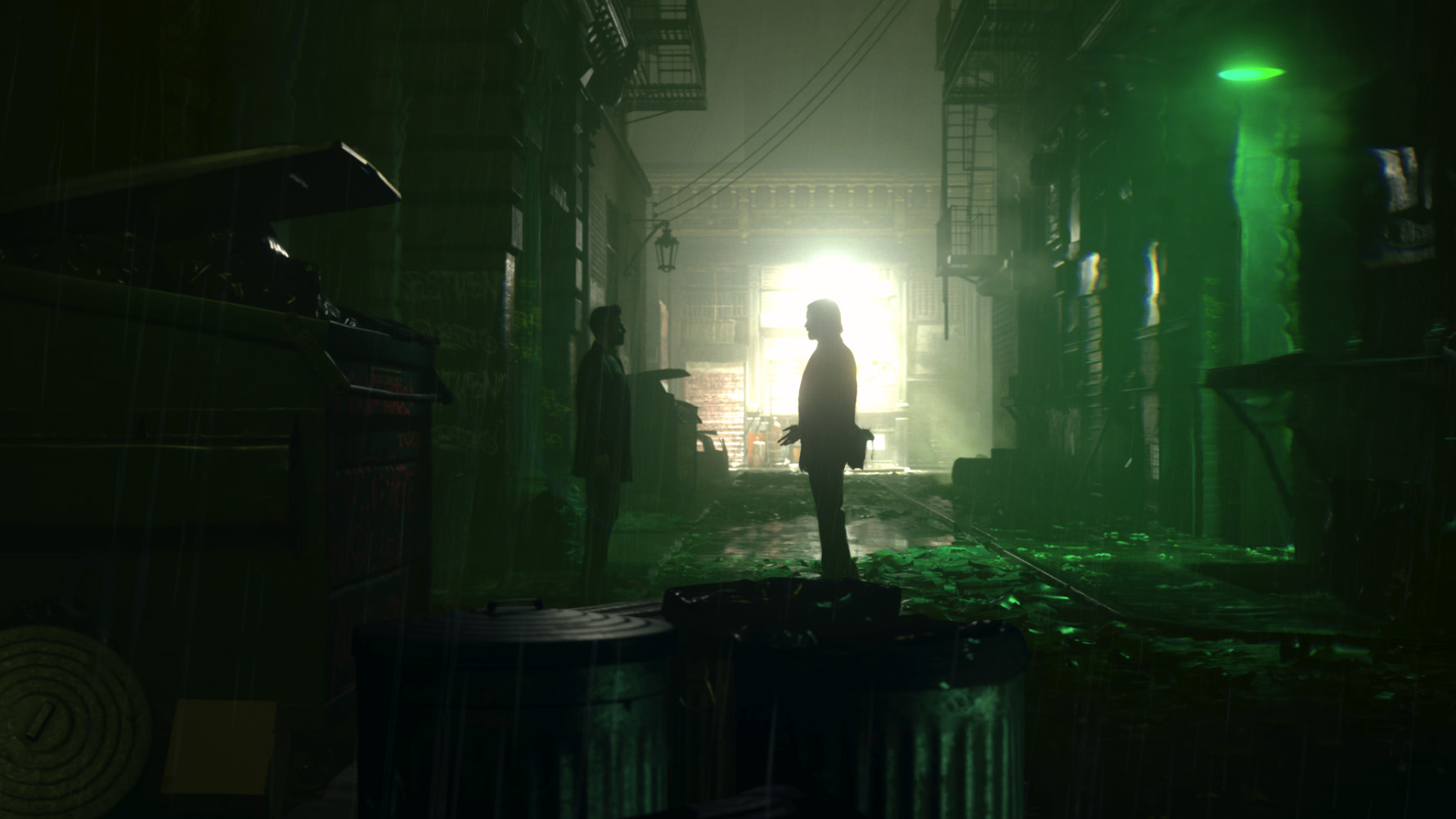
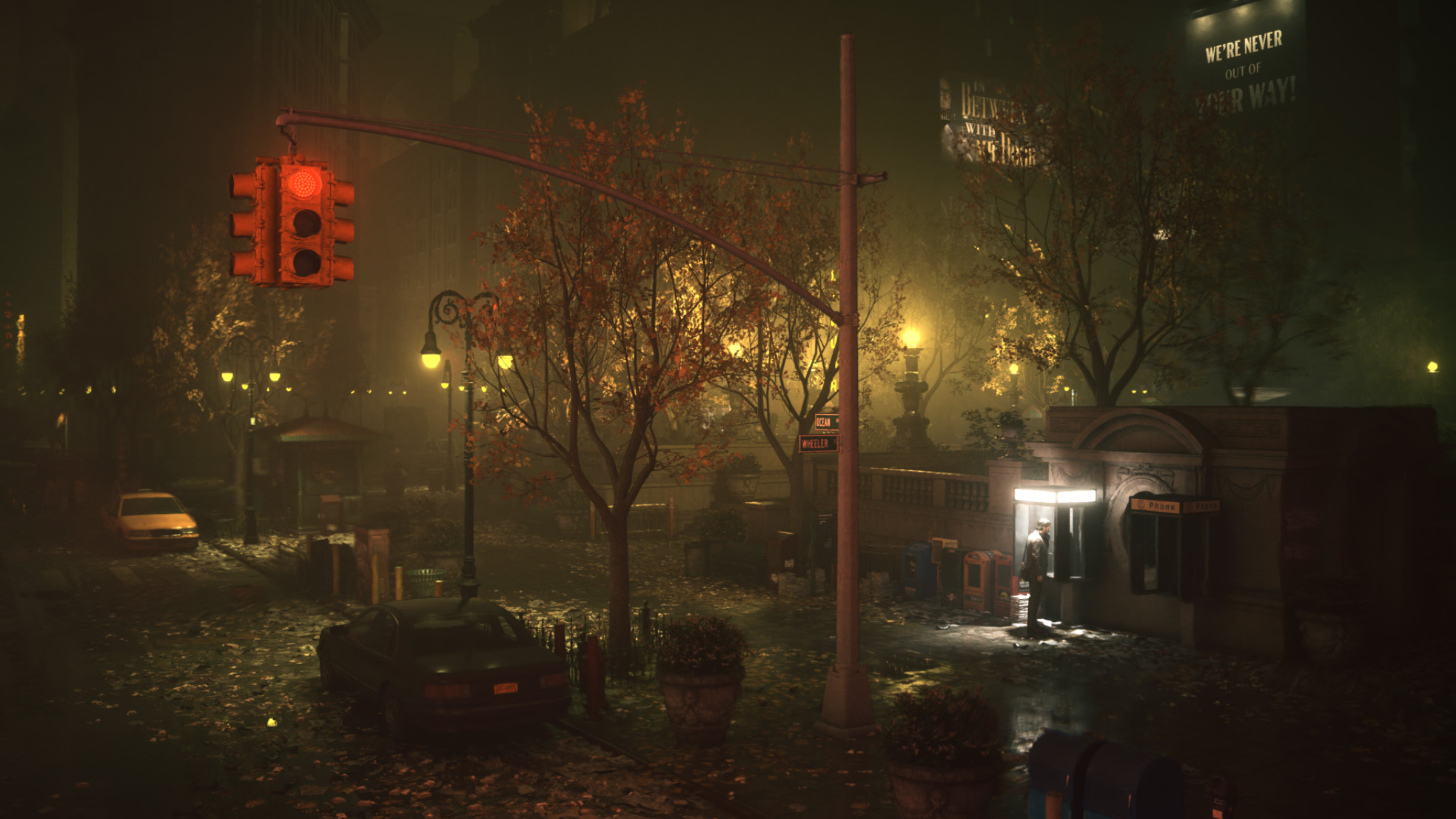
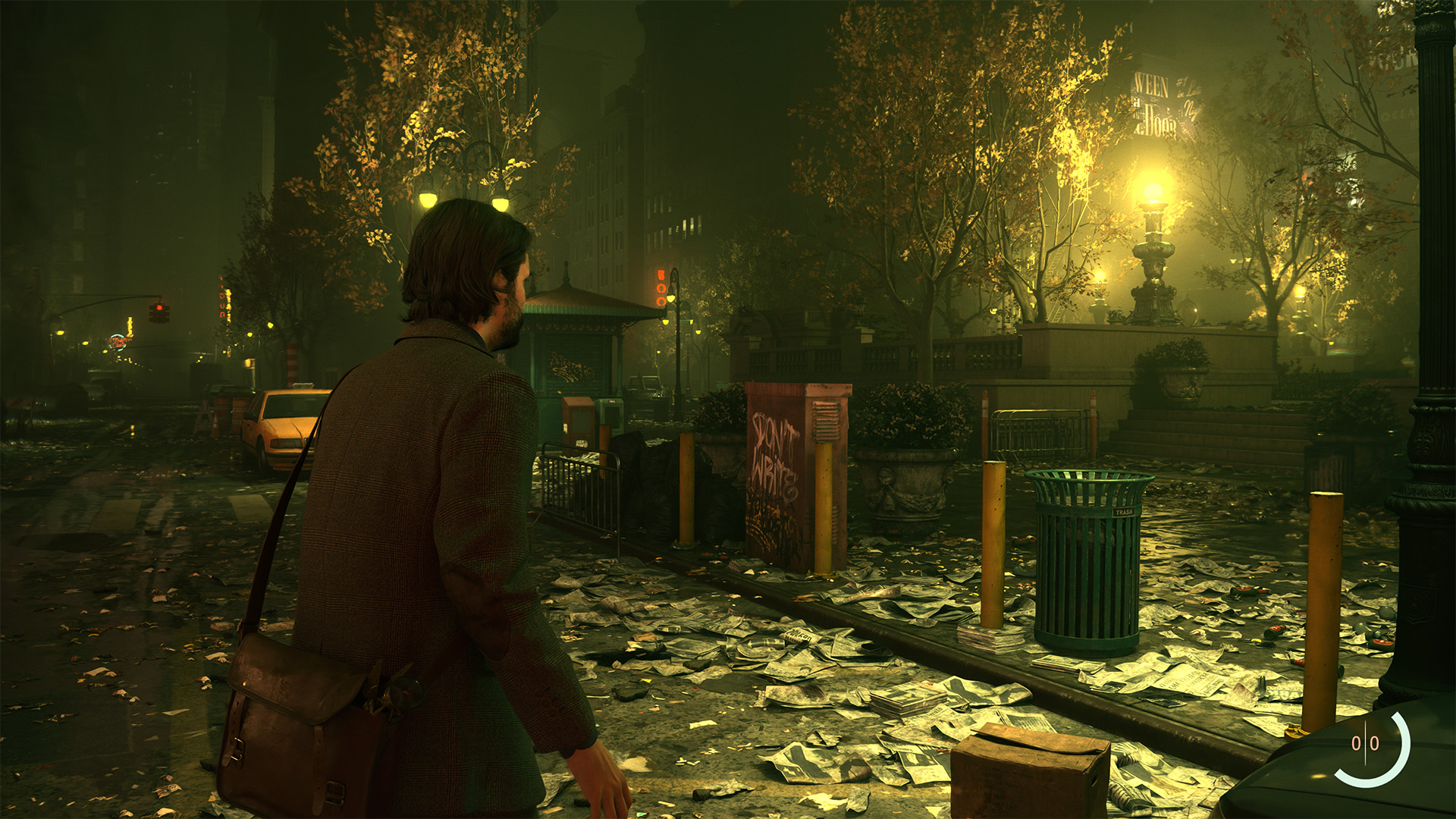
Now, Avatar: Frontiers of Pandora is a real latecomer, but a game I'm glad turned up when it did. The first time I really clocked the game's graphics was when I was writing a story on its "unobtanium" graphics preset. A graphics preset supposedly so intensive, you couldn't even dream to run it on today's top cards.
Well, I have AMD's RX 7900 XTX here, and this is a game sponsored by AMD, so I gave it a go.
The results are seriously impressive. Massive Entertainment, the Ubisoft studio behind the game, has been touting big upgrades to the Snowdrop Engine used in Avatar and a good few other Ubisoft games. Still, I hadn't quite expected to find the results to look as good as they do. You can chalk up a lot of it to the microdetail system employed by the engine, which appears to be working wonders in populating a luscious and busy jungle biome.
When you first step out into Pandora you're hit by the sheer amount of detail throughout the world. It felt like stepping out of that sewer grate in Elder Scrolls: Oblivion all over again—a momentous event.
I have to admit the images on the site don't quite do the game, or the original 4K 10MB+ screenshots I have saved, justice. Alas. Hopefully you get the idea.
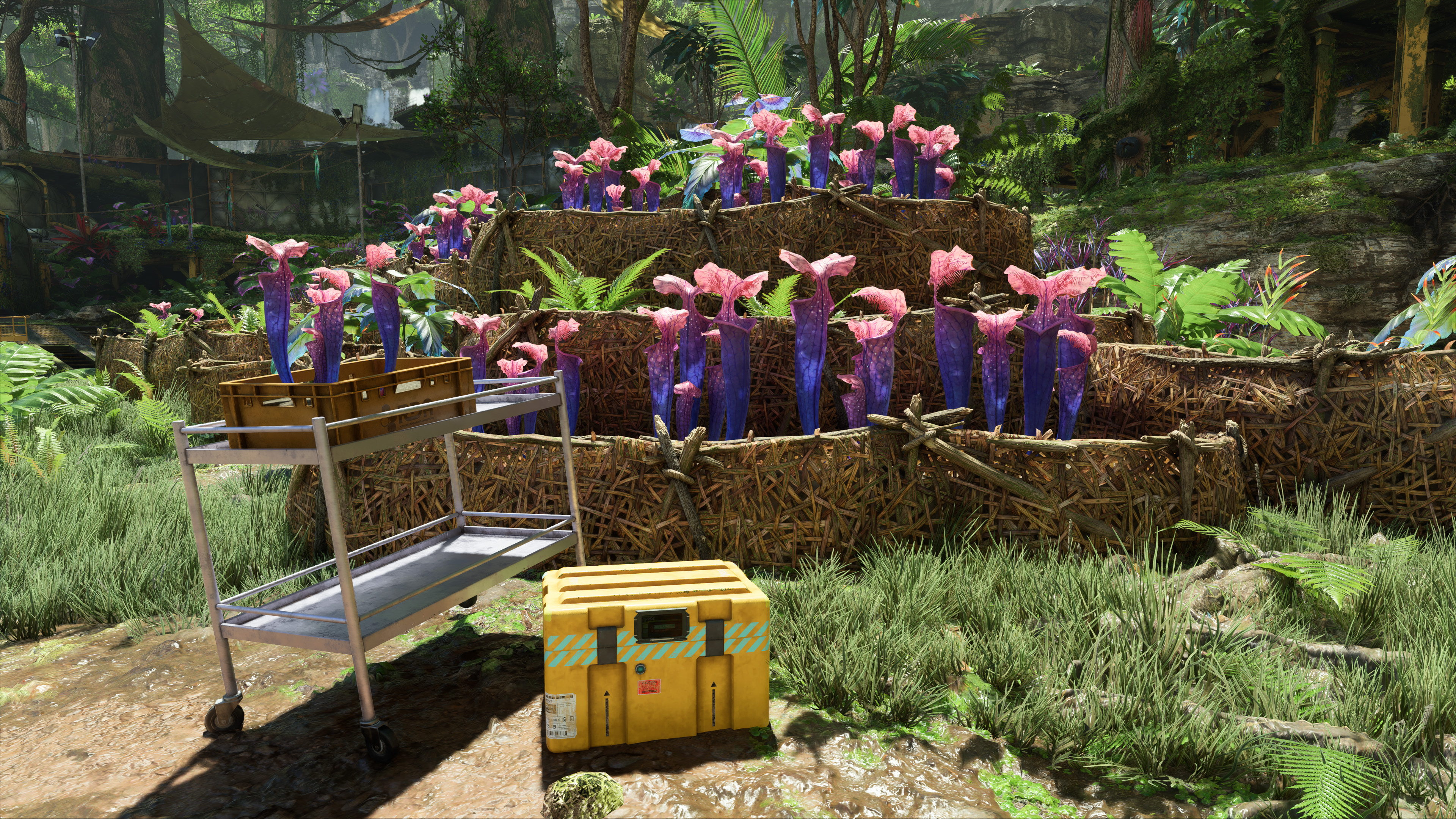
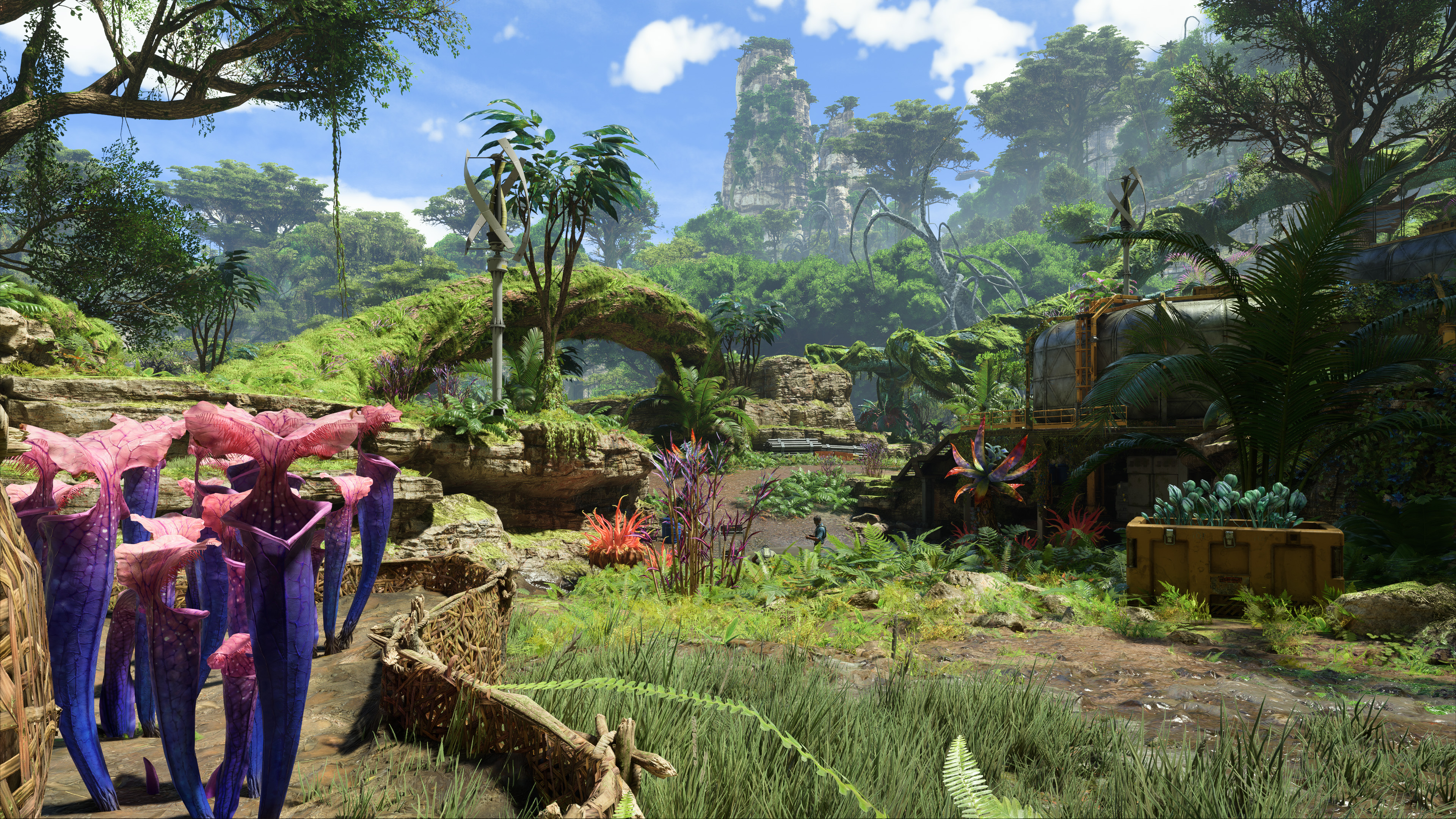
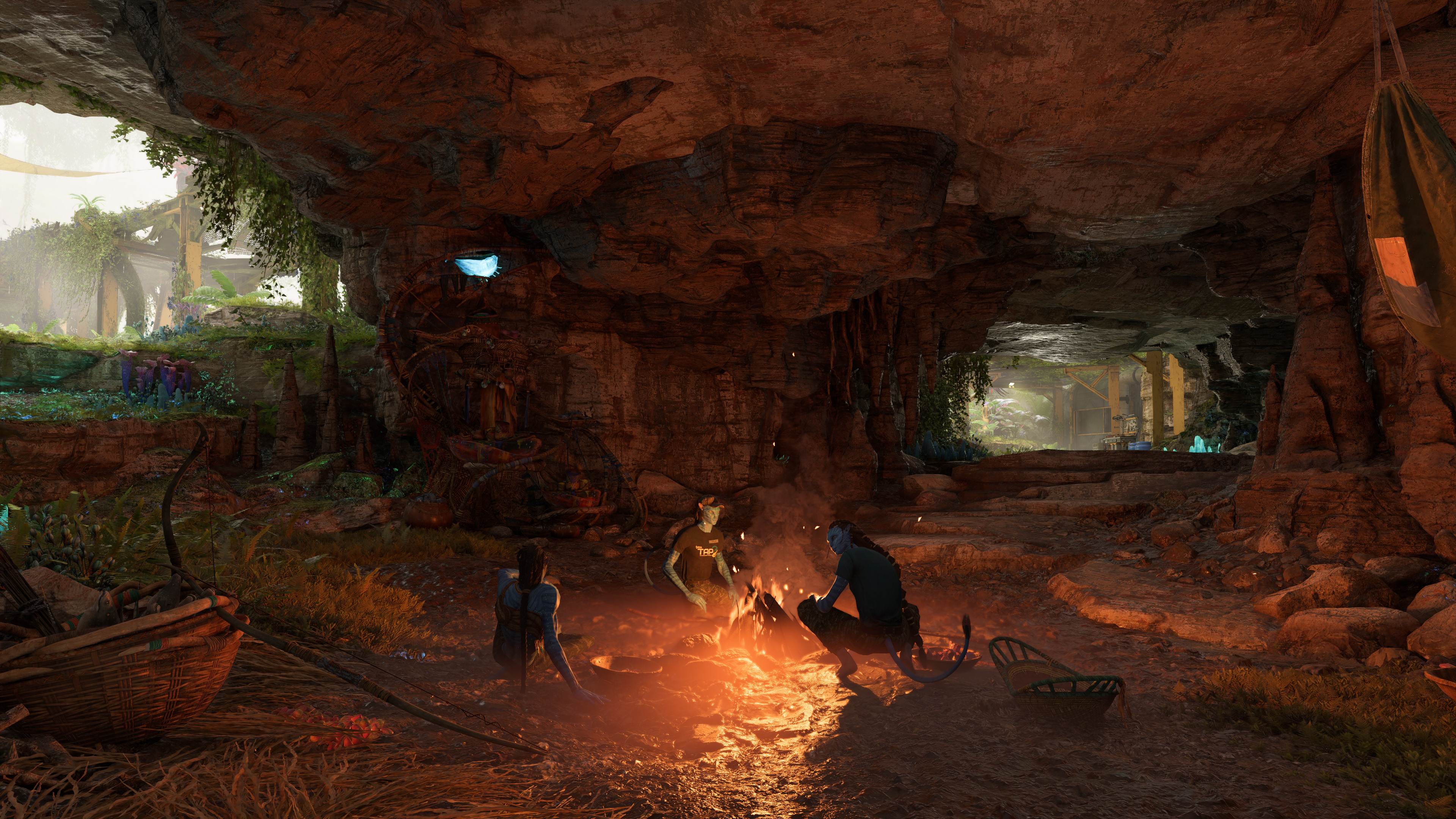
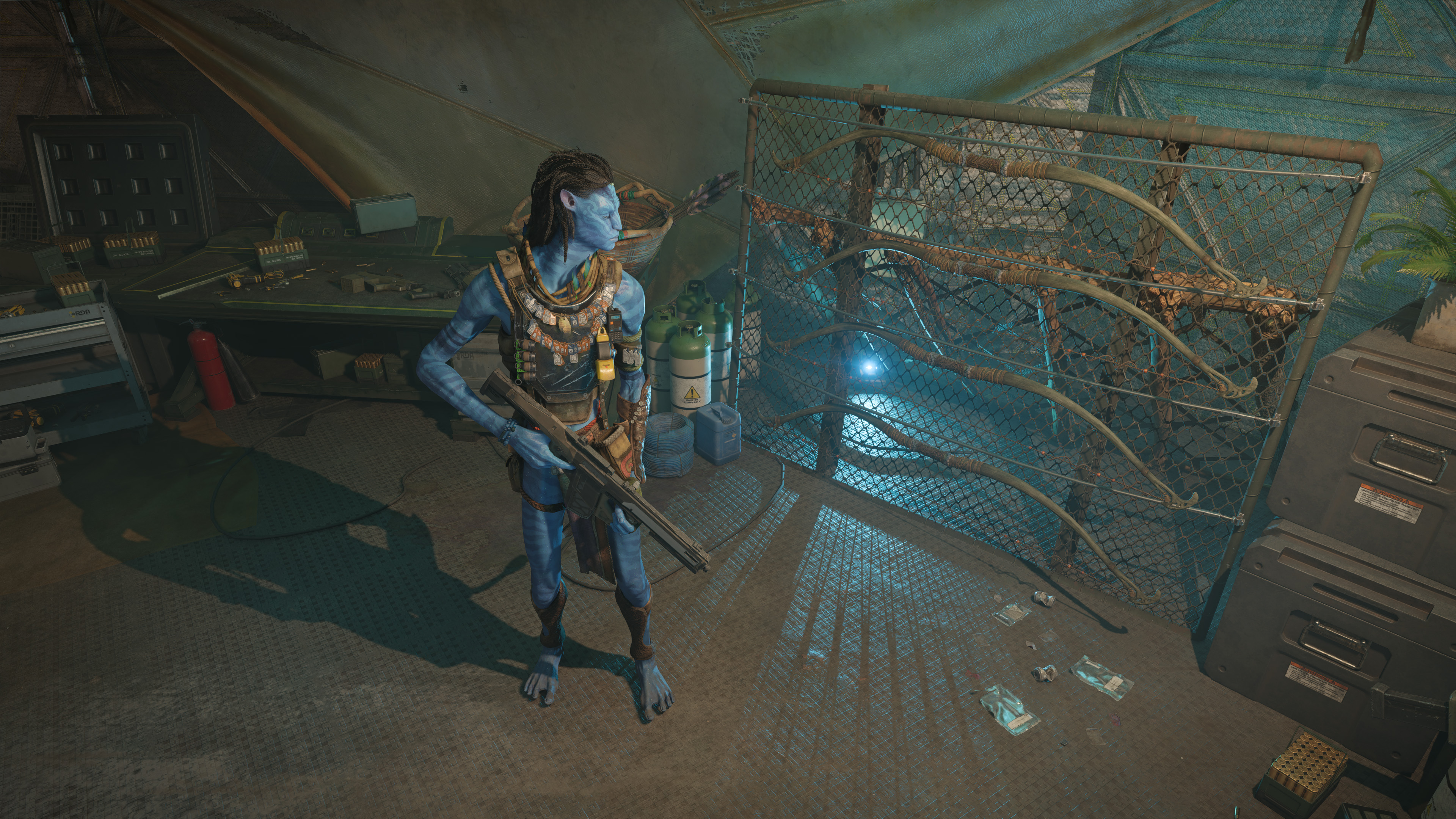
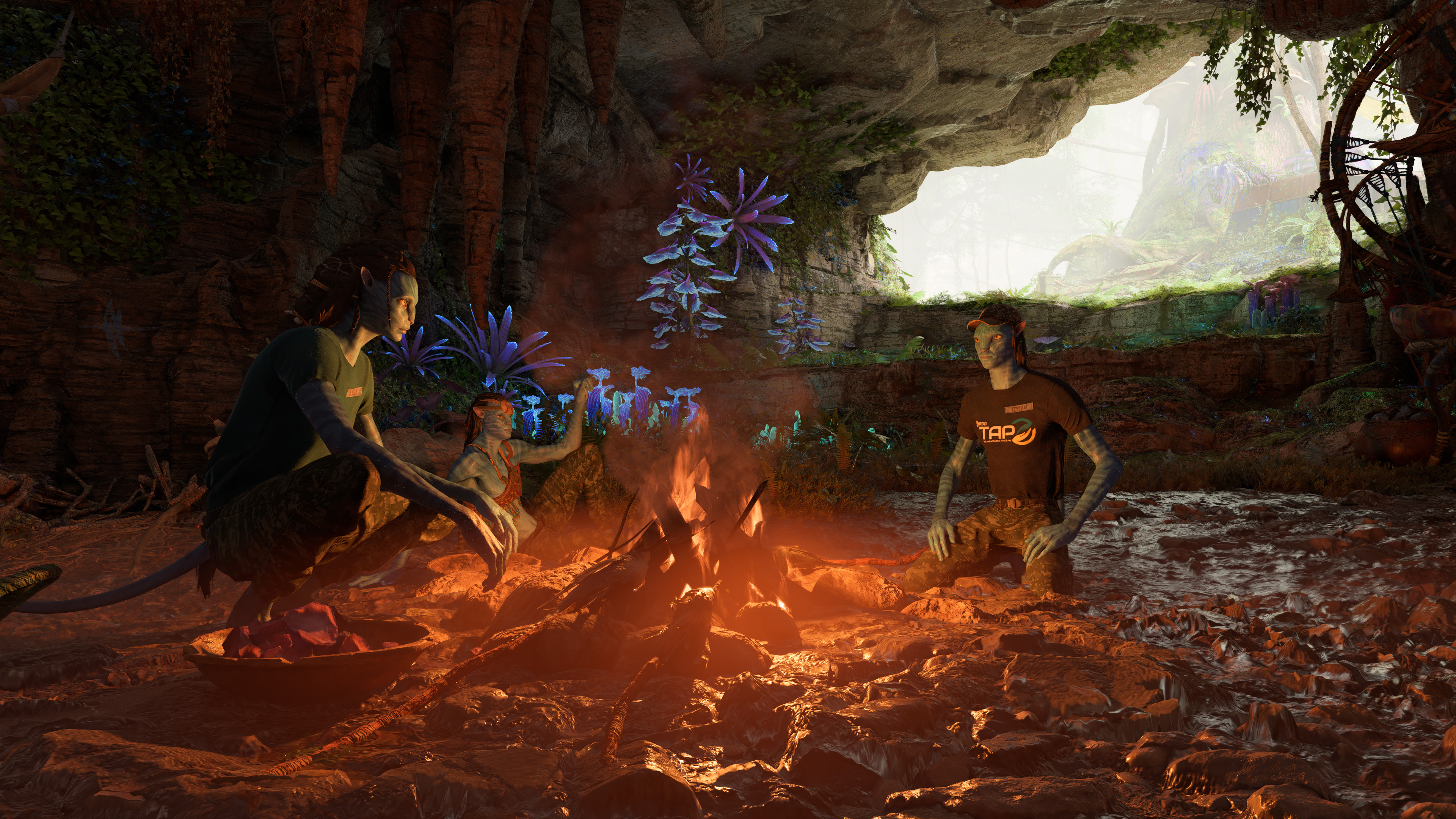
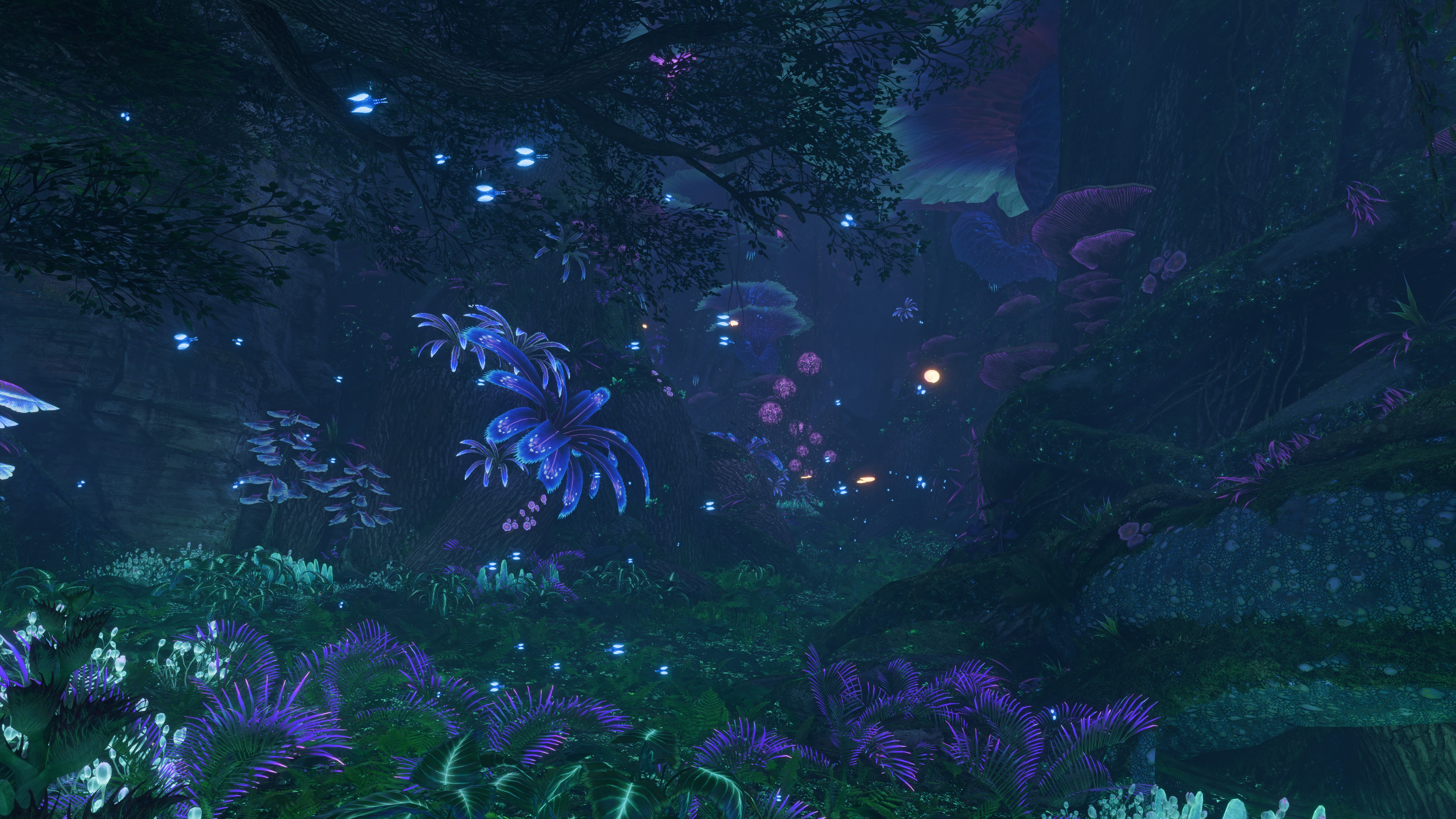
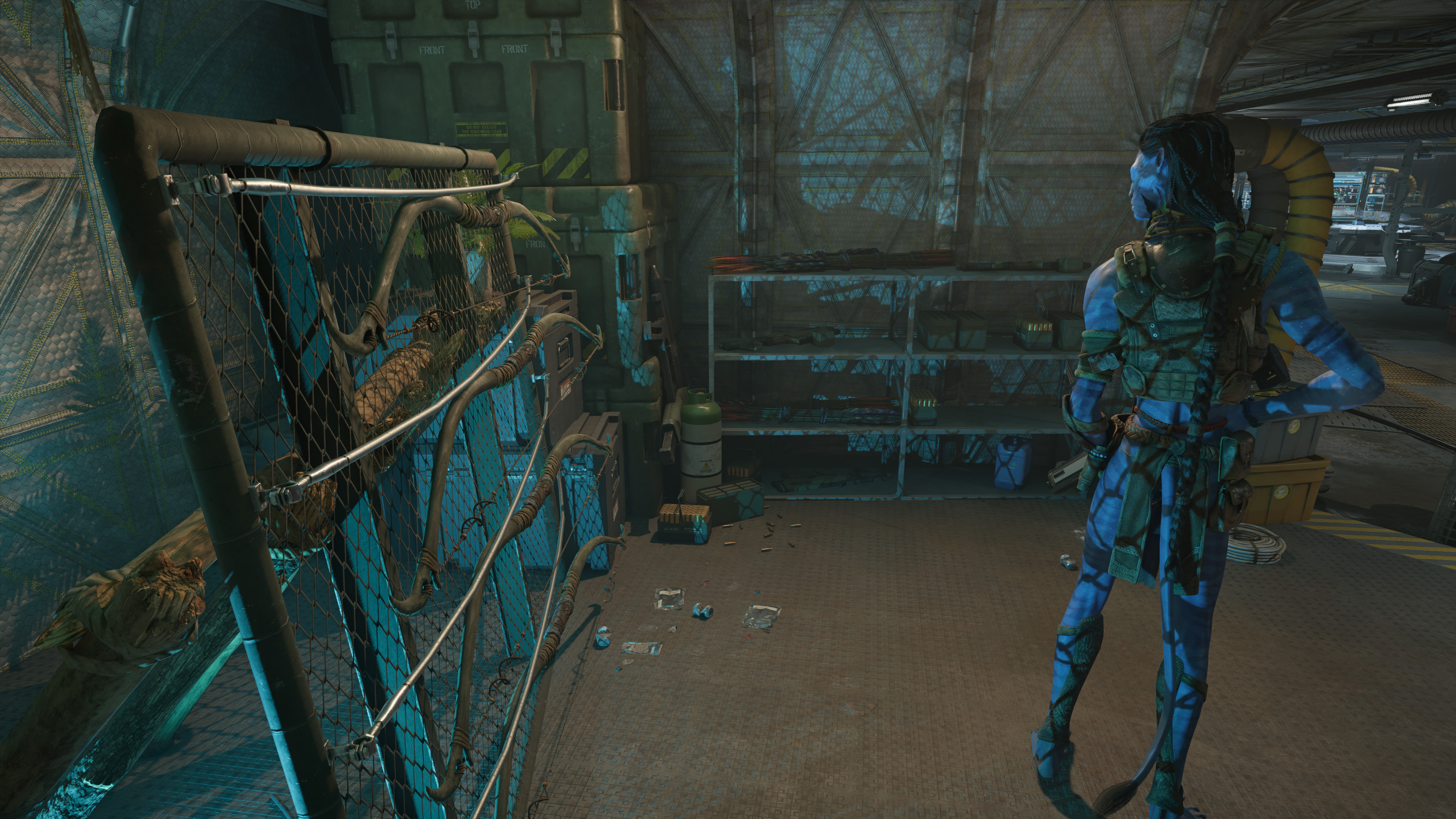
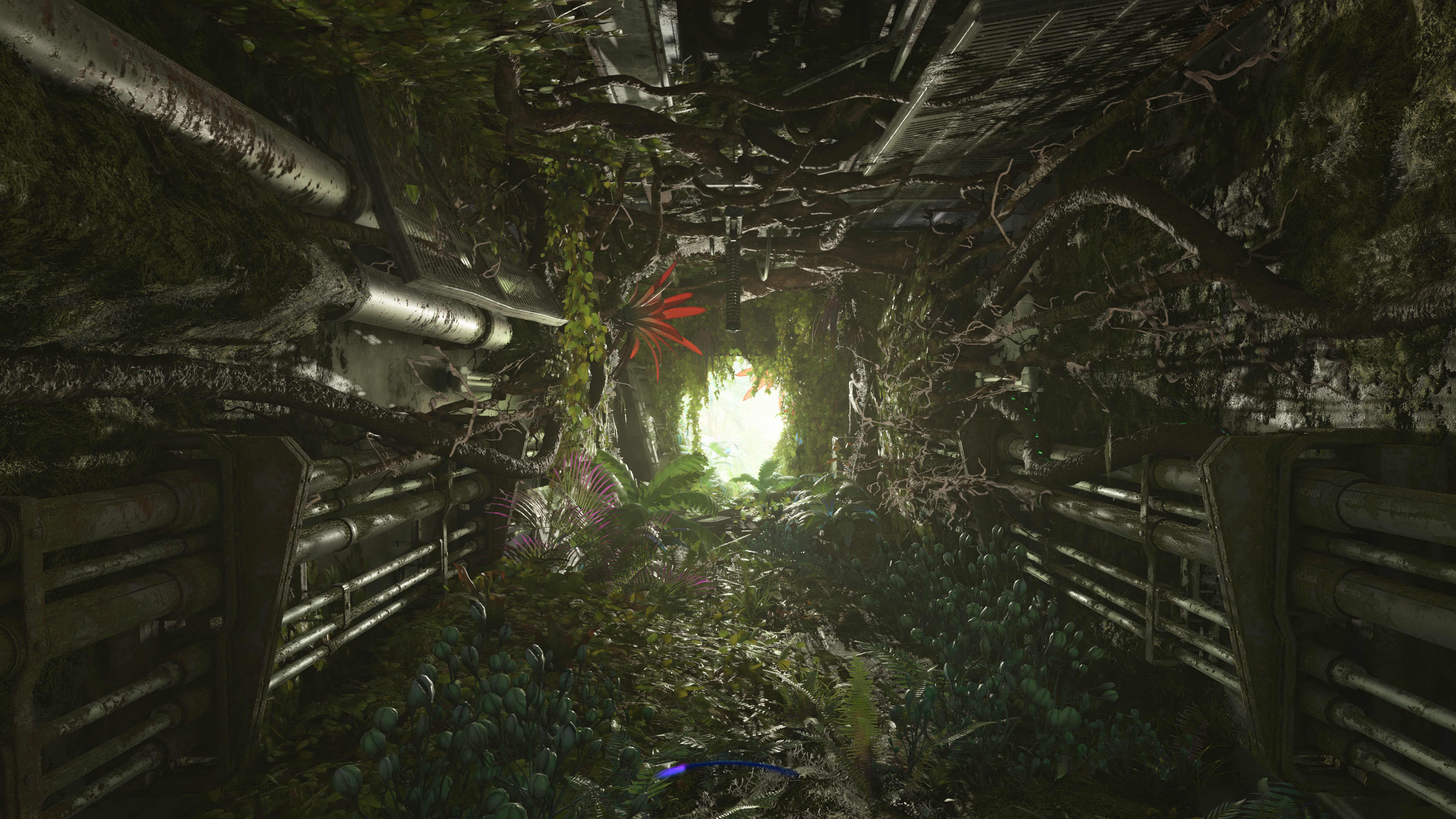
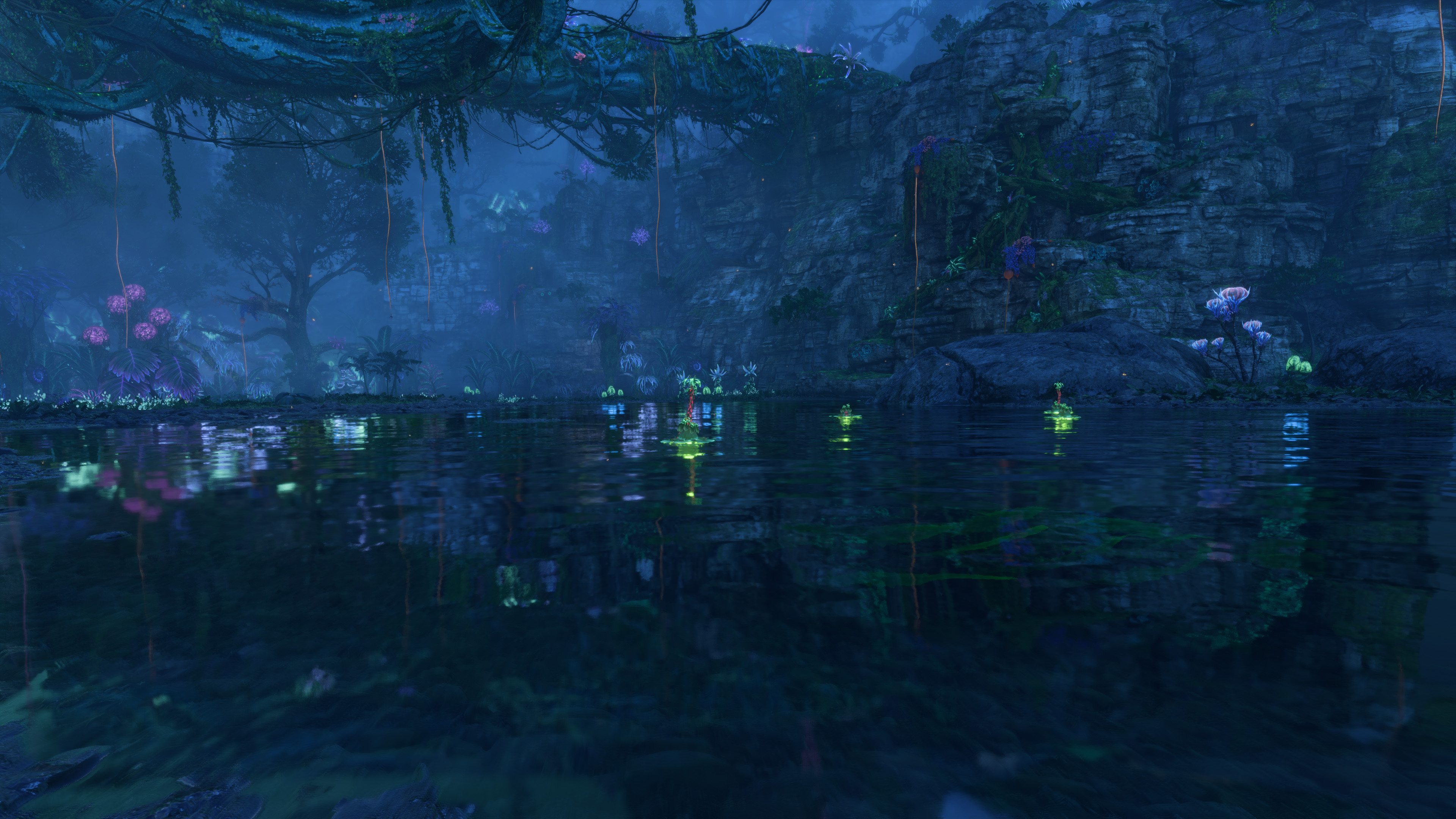
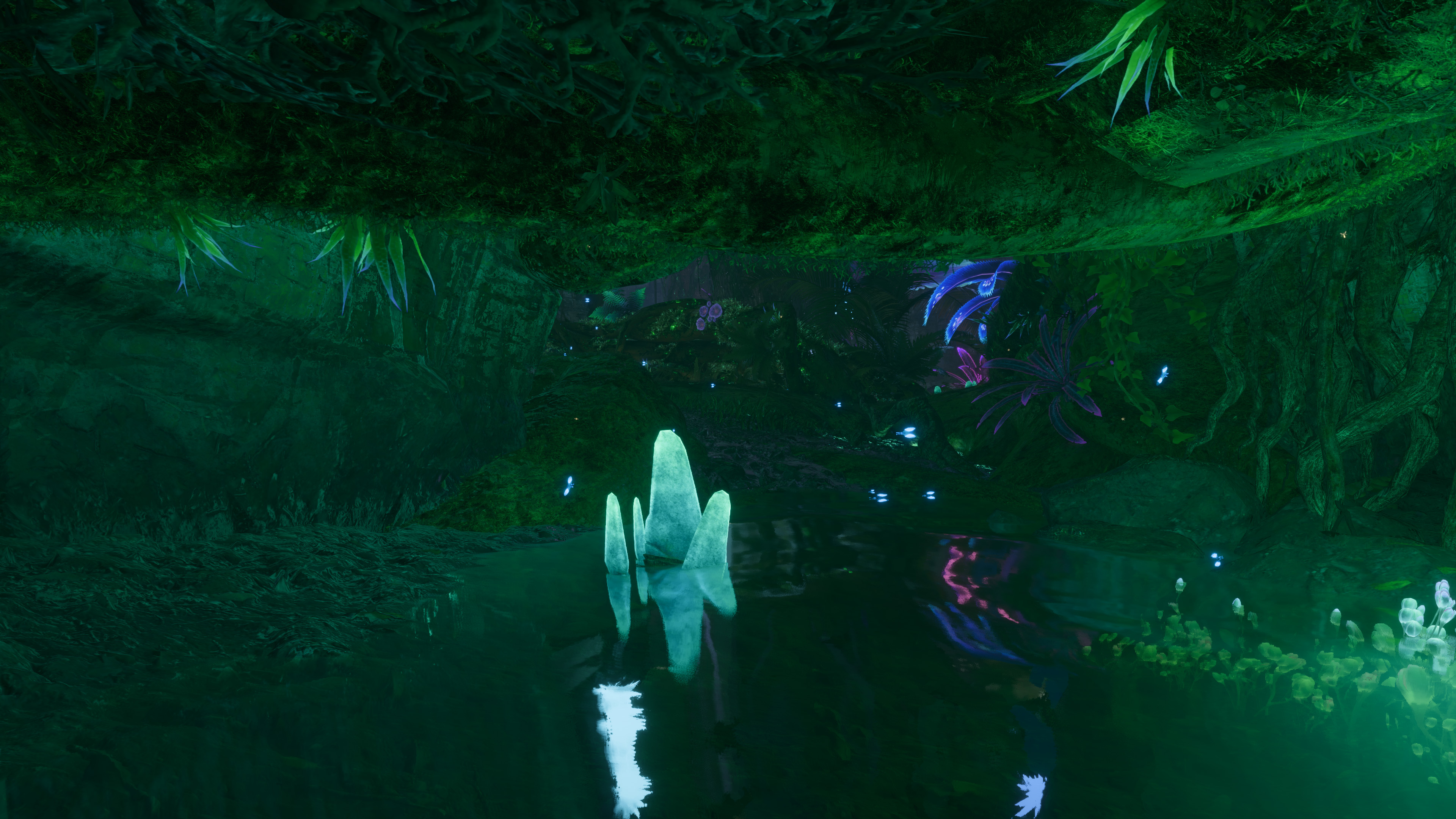
Admittedly I'm not far through my playthrough of Avatar: Frontiers of Pandora and I've not seen everything the game has to offer. Yet it's clear from the get-go that it's as much an impressive glimpse at the future of engine development as Alan Wake in the era of ray-traced graphics.
Oddly enough, Avatar also enjoys a system to overhaul plants in the game. Maybe that's the secret to a good game in 2024: developers with green thumbs.
Take a look at the scene in the gallery below—two images I took in the game's photo mode. The first is how you see this gorgeous night-time, bioluminescent world. Click through and you'll see the image I took by zooming in. That entire creature is a tiny detail in the game only barely noticeable as you play.
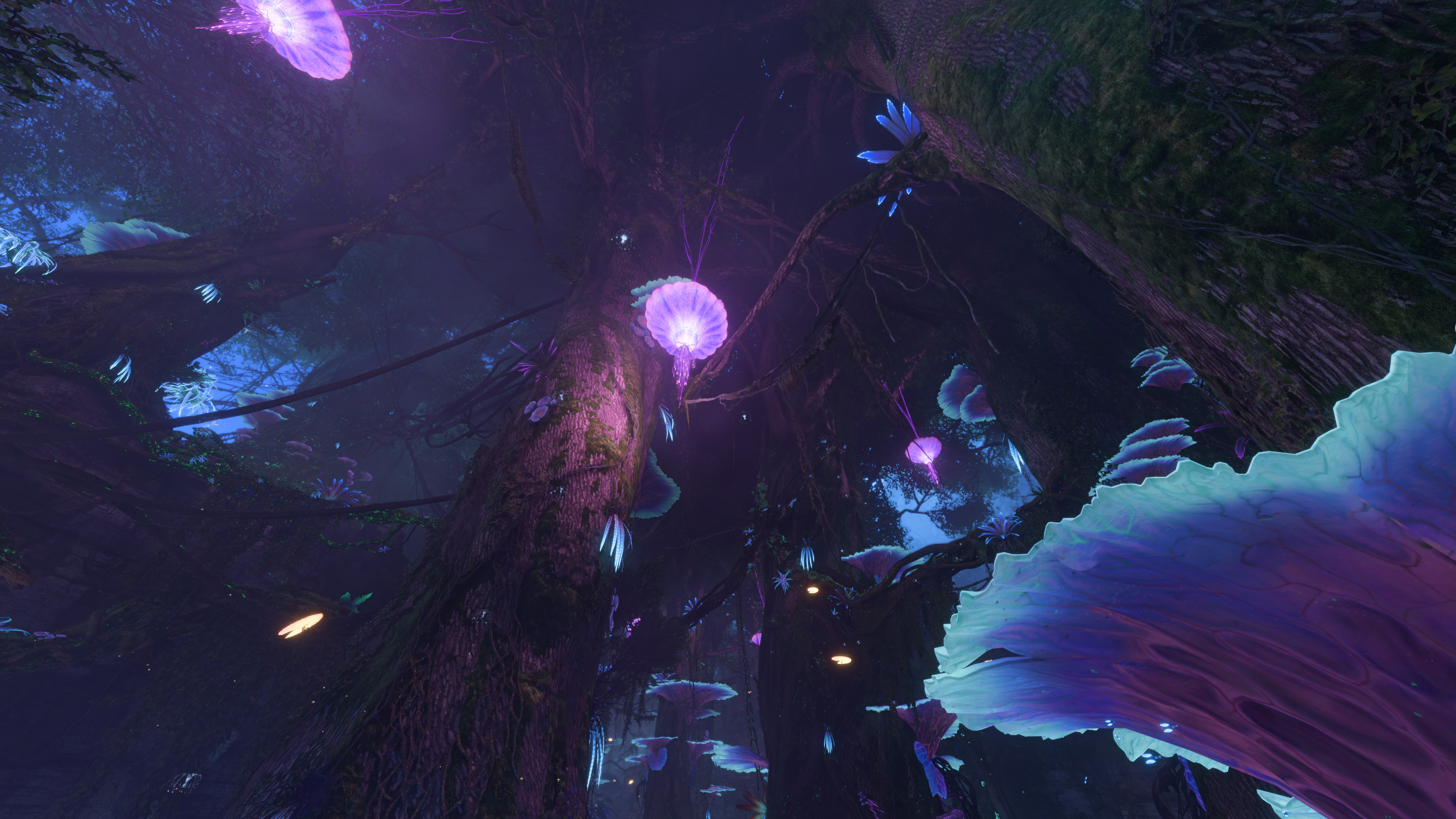
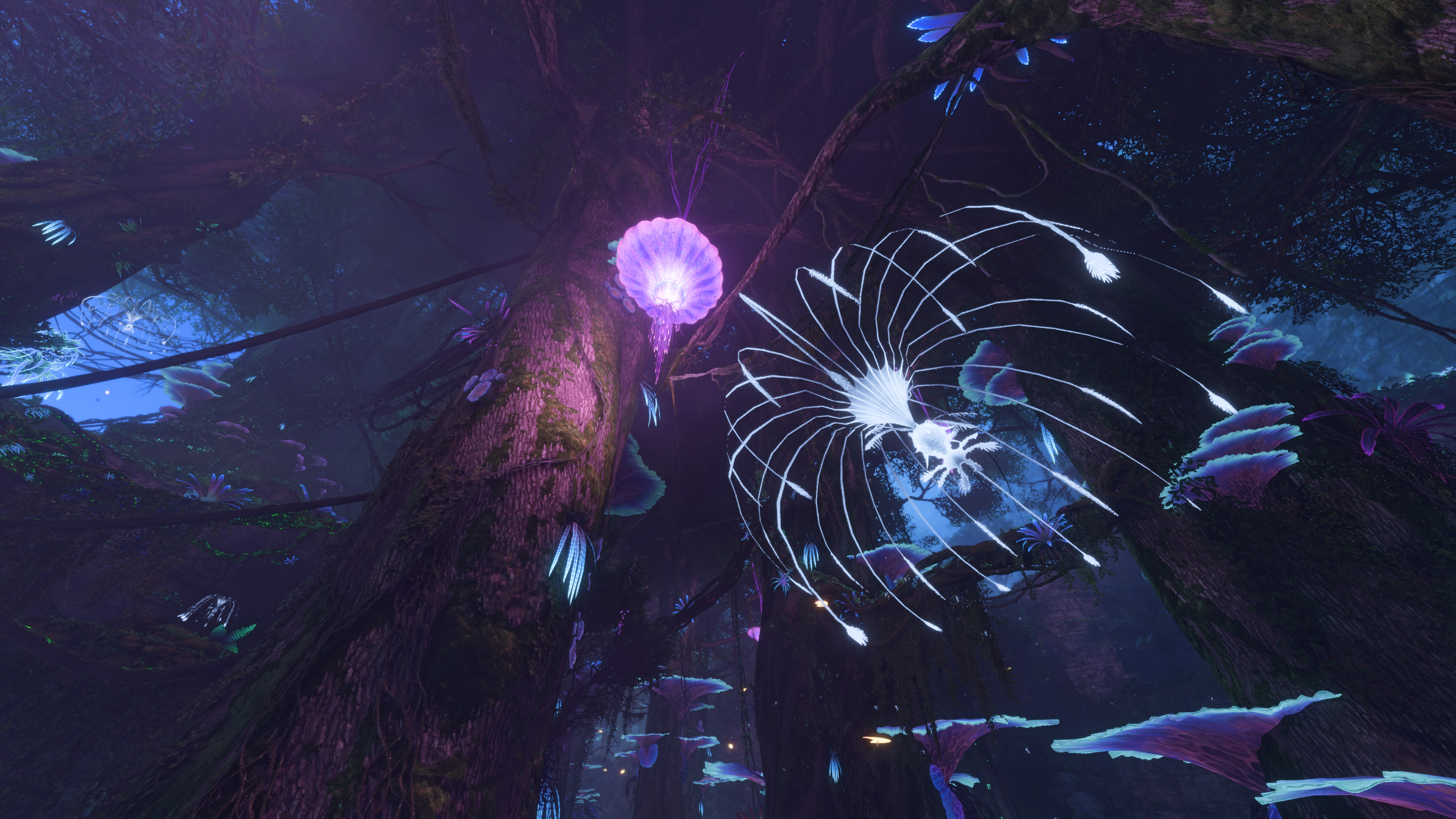

Best CPU for gaming: The top chips from Intel and AMD.
Best gaming motherboard: The right boards.
Best graphics card: Your perfect pixel-pusher awaits.
Best SSD for gaming: Get into the game ahead of the rest.
Of course, there's more to it than that. Though there are commonalties here worth pointing out. Both have adopted and finessed ray tracing and cutting-edge lighting techniques to showcase the level of detail the developers are designing into the game.
What we're seeing today, and hopefully what we'll see more of through 2024, is the use of lighting technologies alongside these hyper-detailed models. These two games prove today's engines are capable of that. Remedy's Northlight engine is surprisingly scalable and Ubisoft's Snowdrop is shaping up to be another solid foundation for future games.
The best bit is these games represent something for gamers of all stripes. Alan Wake 2 is unabashedly making use of every Nvidia proprietary feature under the sun, such as DLSS, Ray Reconstruction, and Frame Gen; while Avatar is friendly to Radeon cards and supports FSR 3 and AMD's own frame gen tech.
A game engine that can handle all this visual goodness while retaining some semblance of performance really is something to behold, and giving me a newfound excitement for what's to come for game performance in 2024.

Jacob earned his first byline writing for his own tech blog. From there, he graduated to professionally breaking things as hardware writer at PCGamesN, and would go on to run the team as hardware editor. He joined PC Gamer's top staff as senior hardware editor before becoming managing editor of the hardware team, and you'll now find him reporting on the latest developments in the technology and gaming industries and testing the newest PC components.

